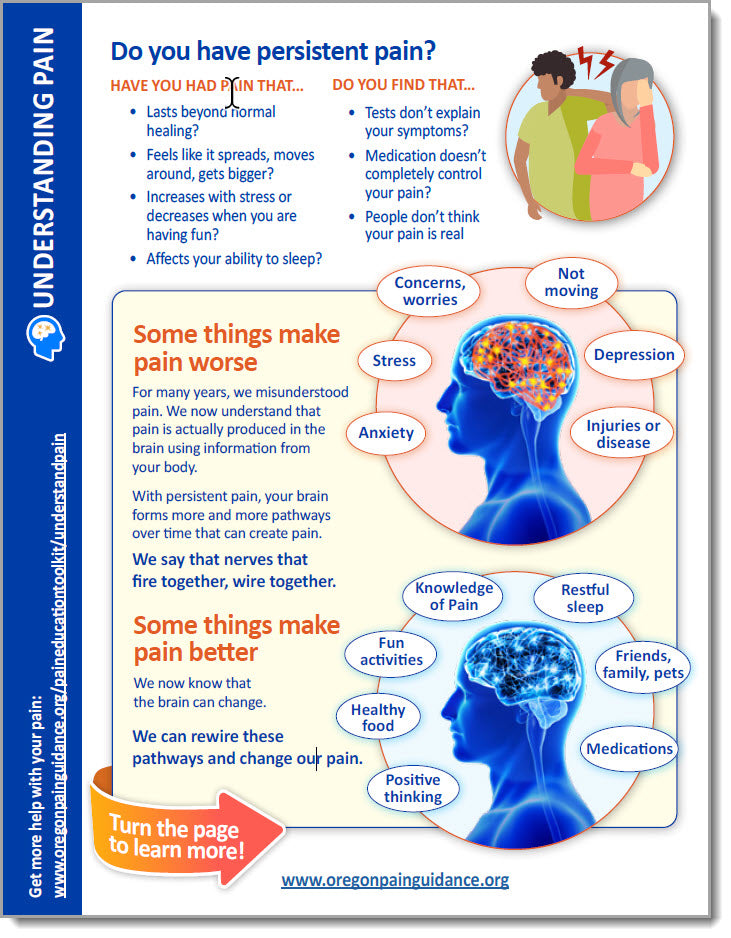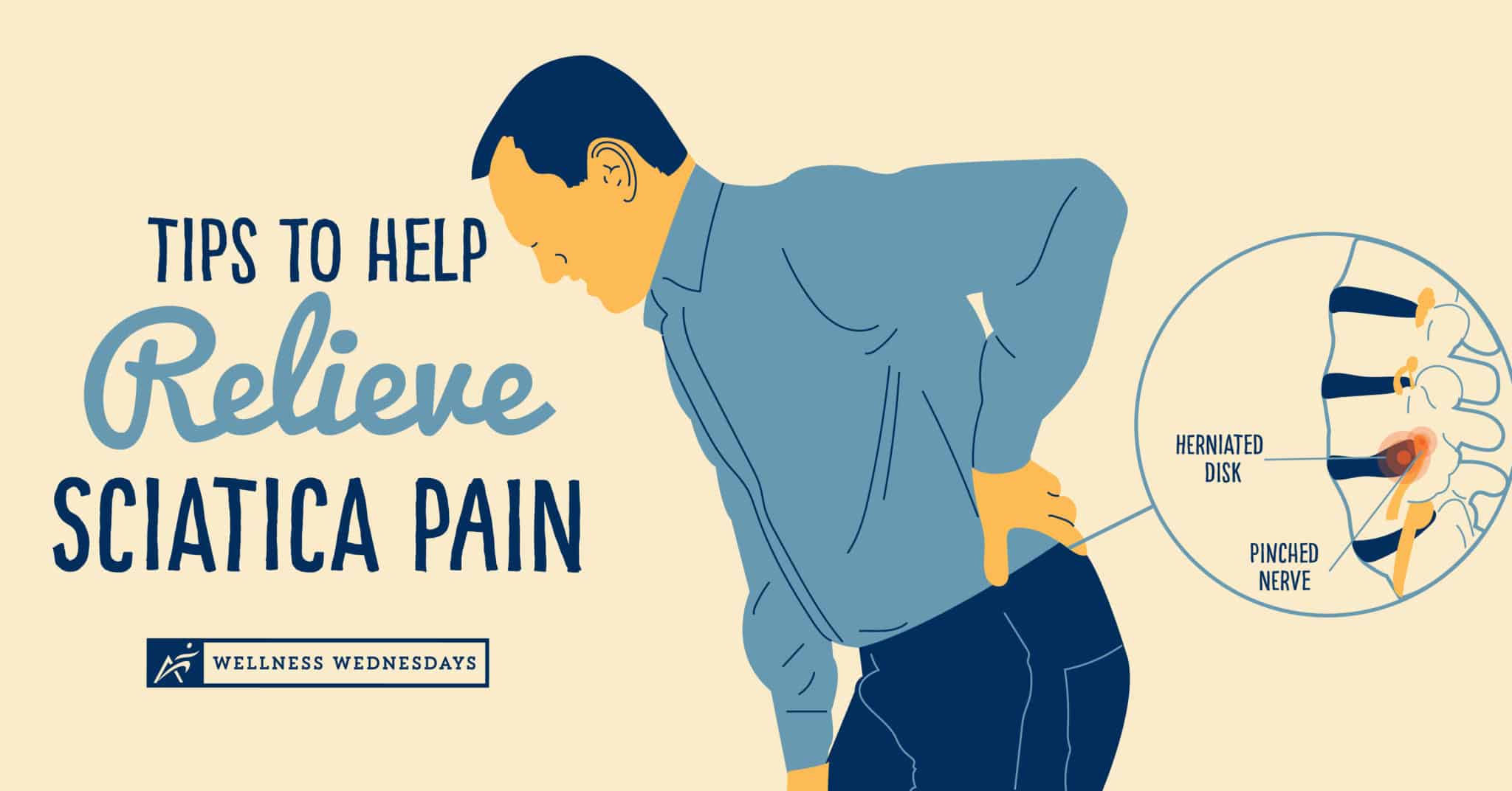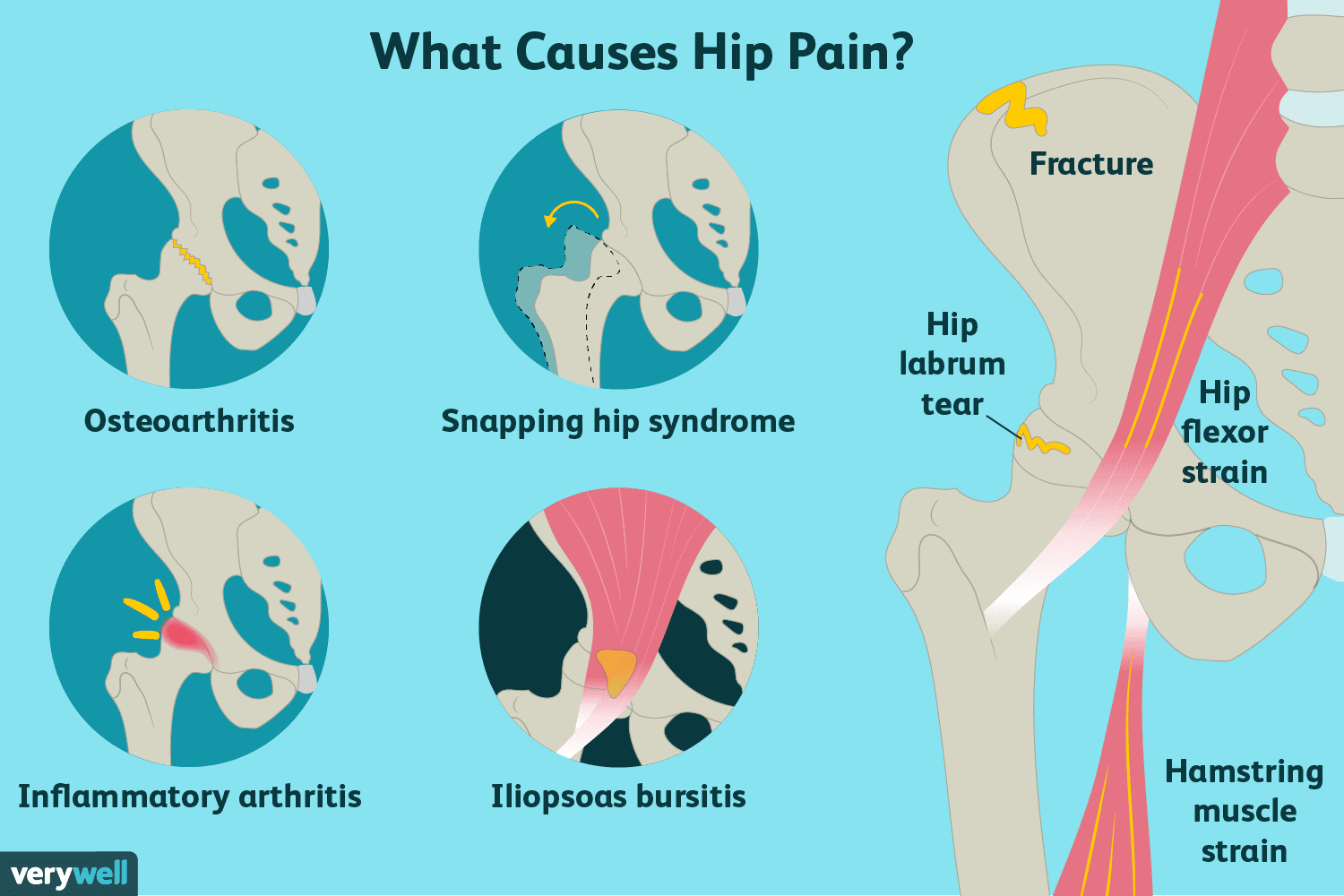Understanding Pain: Guide to Causes, Relief, and Management
Pain is a universal human experience that can have a profound impact on our lives. In this comprehensive guide, we will delve into the causes of pain, explore effective relief methods, and provide strategies for managing pain. By understanding the complexities of pain, individuals can take control of their well-being and find ways to alleviate their discomfort.
Key Takeaways:
- Understanding the causes of pain is crucial for finding effective relief.
- There are different types of pain, including acute and chronic pain.
- Tailoring treatment plans to address the specific characteristics of acute and chronic pain is essential.
- Pain resulting from nerve damage, known as neuropathic pain, requires specialized evaluation and treatment.
- Identifying the external and internal origins of pain is important for developing personalized management approaches.
Exploring Different Types of Pain
Pain can manifest in various ways, and it is important to understand the different types. Acute pain is short-lived and typically occurs as a direct result of injury or illness. It is a protective mechanism that alerts the body to potential harm, such as a sprained ankle or a deep cut. Acute pain is often sharp and intense, and it tends to subside as the body heals. This type of pain is usually localized and can be managed effectively with medication and rest.
Chronic pain, on the other hand, lasts beyond the expected healing time and can significantly impact one's quality of life. It is often caused by conditions such as arthritis, fibromyalgia, or neuropathy. Unlike acute pain, chronic pain persists for an extended period and can be more challenging to treat. It can be constant or intermittent, and it may range from mild to severe. Chronic pain can affect not only physical well-being but also mental and emotional health. It requires a comprehensive approach to management, including medication, physical therapy, and psychological support.
By recognizing these distinctions between acute and chronic pain, individuals can seek appropriate treatment and management strategies. It is essential to consult with healthcare professionals to accurately diagnose and address the underlying causes of pain. Understanding the type of pain one is experiencing is the first step towards finding effective relief and regaining control over one's quality of life.
Table: Differences Between Acute and Chronic Pain
| Characteristics | Acute Pain | Chronic Pain |
|---|---|---|
| Pain Duration | Short-lived | Lasts beyond the expected healing time |
| Pain Intensity | Sharp and intense | Can range from mild to severe |
| Response to Treatment | Typically responds well to medication and rest | May require a multidisciplinary approach involving medication, physical therapy, and psychological support |
| Impact on Quality of Life | Temporary disruption | Significant long-term impact on physical, mental, and emotional well-being |
Acute vs. Chronic Pain
Pain can be categorized into two main types: acute pain and chronic pain. While both can be distressing and impact one's quality of life, they differ in terms of duration, intensity, and underlying causes. Understanding these differences is crucial in developing effective pain management strategies.
Acute Pain
Acute pain is typically short-lived and results from a specific injury or illness. It serves as a warning signal that something is wrong in the body and requires attention. Common causes of acute pain include burns, cuts, fractures, surgical procedures, and infections. The pain is usually sharp, intense, and localized to the affected area. As the body heals, acute pain tends to subside.
Acute pain can often be managed with over-the-counter pain relievers such as nonsteroidal anti-inflammatory drugs (NSAIDs) or acetaminophen. Rest, ice, compression, and elevation (RICE) therapy may also be effective in reducing pain and promoting healing. In some cases, stronger prescription medications or interventions like nerve blocks may be necessary to provide adequate relief.
Chronic Pain
Unlike acute pain, chronic pain persists for an extended period, typically lasting beyond the expected healing time. It may result from an underlying condition or injury, such as arthritis, fibromyalgia, nerve damage, or persistent back pain. Chronic pain can have a significant impact on physical and mental well-being, leading to disability, emotional distress, and reduced quality of life.
Managing chronic pain often requires a multidisciplinary approach. Treatment options may include a combination of medication, physical therapy, cognitive-behavioral therapy, acupuncture, and lifestyle modifications. The goal is not only to alleviate pain but also to improve functionality and enhance overall well-being.
Pain from Nerve Damage
Pain resulting from nerve damage, known as neuropathic pain, is a complex and often debilitating condition. It arises from dysfunction or damage to the nerves themselves, leading to incorrect or amplified pain signals. It can manifest as sharp, shooting, burning, or electric-like sensations. Seeking medical evaluation and diagnostics is crucial for individuals experiencing neuropathic pain to identify the cause and implement appropriate treatment strategies. Understanding the underlying mechanisms of neuropathic pain is essential in providing targeted relief and improving overall quality of life.
Neuropathic pain can be caused by various factors, including nerve compression, trauma, infections, or underlying medical conditions such as diabetes or multiple sclerosis. Identifying the root cause is crucial in determining the most effective treatment approach. Medical professionals may use various diagnostic tools, such as nerve conduction studies, imaging tests, or specialized pain assessments, to assess the extent of nerve damage and develop an individualized treatment plan.
Neuropathic pain is often challenging to manage, requiring a multidisciplinary approach that combines medication, physical therapy, and psychological interventions. Medications such as anticonvulsants, antidepressants, or topical creams may be prescribed to target nerve pain specifically. Physical therapy techniques, including nerve stimulation, can help restore nerve function and alleviate pain. Additionally, complementary therapies such as acupuncture, massage, or meditation may provide further relief. It is important to work closely with a healthcare professional to determine the most appropriate treatment options.
In conclusion, neuropathic pain resulting from nerve damage is a complex condition that requires a comprehensive and individualized approach to management. Proper diagnosis, evaluation, and collaboration with medical professionals are crucial in identifying the underlying causes and implementing effective treatment strategies. By addressing both the physical and emotional aspects of neuropathic pain, individuals can find relief and improve their overall quality of life.
Exploring Causes of Discomfort
Pain can have both external and internal origins, and understanding these causes is crucial in developing targeted approaches for pain management. External pain arises from physical injuries or conditions affecting the body's structures, while internal pain originates within the body itself. By considering both external and internal factors, healthcare professionals can provide personalized treatment options.
External pain can result from a wide range of factors, such as injuries, trauma, or conditions like arthritis. Common examples of external pain include muscle strains, fractures, and burns. These types of pain are typically localized and can be managed through a combination of rest, physical therapy, medications, and other appropriate measures.
On the other hand, internal pain arises from conditions or diseases that affect internal organs or body systems. This can include conditions like migraines, menstrual cramps, kidney stones, or conditions affecting the gastrointestinal tract. Treating internal pain often requires addressing the underlying condition through medications, lifestyle modifications, and other targeted interventions.
Understanding the specific cause of pain is vital in developing effective treatment strategies. By identifying whether the pain is originating externally or internally, healthcare professionals can tailor their approach to provide optimal pain relief and management.
Table: Examples of External and Internal Pain
| External Pain | Internal Pain |
|---|---|
| Muscle strains | Migraines |
| Fractures | Menstrual cramps |
| Burns | Kidney stones |
| Joint sprains | Gastrointestinal conditions |
By recognizing the underlying causes of pain, individuals and healthcare professionals can work together to develop comprehensive treatment plans that address both the physical and emotional impact of pain. It is essential to consult with a healthcare provider to accurately diagnose the cause of pain and determine the most effective treatment approach.
Remember that pain is a complex and personal experience, and finding the right treatment may require patience and collaboration. By addressing the causes of pain, individuals can take the first step towards finding relief and improving their overall quality of life.
The Impact of Pain on Mental Health
Pain can have a significant impact on mental health, exacerbating feelings of anxiety, depression, and stress. The experience of living with chronic or persistent pain can be overwhelming, leading to a decrease in overall quality of life. It is important to recognize the connection between pain and mental health and to develop strategies for managing both aspects of well-being.
One approach to managing pain and its impact on mental health is through the use of holistic techniques. Holistic approaches focus on treating the whole person, addressing physical, mental, and emotional well-being. These techniques may include mindfulness practices, such as meditation or deep breathing exercises, that help individuals to manage pain and reduce stress. Additionally, lifestyle modifications such as regular exercise, a healthy diet, and adequate sleep can play a role in managing both pain and mental health.
"Living with pain can be incredibly challenging, both physically and emotionally. It's important to remember that pain is not just a physical sensation but also has a profound impact on mental well-being. Taking a holistic approach to pain management can provide individuals with a comprehensive toolkit for addressing both the physical and emotional aspects of their pain."
Therapy is another valuable resource for individuals experiencing pain and its effects on mental health. Cognitive-behavioral therapy (CBT) can be particularly beneficial, as it helps individuals to identify and change negative thought patterns and behaviors that may be exacerbating their pain or contributing to their emotional distress. Additionally, support groups or individual counseling sessions can provide a safe space for individuals to discuss their experiences and gain support from others who may be facing similar challenges.
By acknowledging the impact of pain on mental health, individuals can take proactive steps towards managing both pain and its emotional effects. By adopting a holistic approach, incorporating techniques such as mindfulness practices and therapy, individuals can enhance their overall well-being and improve their quality of life.
Innovative Approaches to Pain Management
As the field of pain management continues to advance, new and innovative approaches are emerging to offer individuals alternative options for pain relief. These cutting-edge treatments are revolutionizing the way we understand and manage pain, providing hope for those who have struggled to find effective solutions.
One such innovative approach is neuromuscular electrical stimulation (NMES). This technique involves the use of electrical currents to stimulate nerves and muscles, promoting pain reduction and improved function. NMES has shown promise in the management of various chronic pain conditions, including musculoskeletal disorders and neuropathic pain. By targeting specific areas of the body, NMES can provide targeted relief and help individuals regain control of their pain.
Another groundbreaking treatment gaining attention is regenerative medicine. This field utilizes the body's natural healing mechanisms to repair damaged tissues and alleviate pain. Techniques such as stem cell therapy and platelet-rich plasma (PRP) injections are being used to promote tissue regeneration and reduce inflammation, leading to pain reduction and improved function. Regenerative medicine holds great promise for individuals seeking long-term relief and improved quality of life.
| Treatment | Benefits | Considerations |
|---|---|---|
| Neuromuscular Electrical Stimulation (NMES) | - Targeted pain relief - Improved muscle function - Non-invasive |
- Requires professional guidance - May not be suitable for all conditions |
| Regenerative Medicine | - Tissue repair and regeneration - Reduced inflammation - Long-lasting results |
- Treatment availability may vary - Individual response may vary |
It is important to note that while these innovative approaches show promise, they may not be suitable or accessible for everyone. It is crucial to consult with a healthcare professional who specializes in pain management to determine the most appropriate treatment options based on individual needs and circumstances.
In conclusion, the field of pain management is continually evolving, and innovative approaches offer new possibilities for individuals seeking relief. Techniques such as neuromuscular electrical stimulation and regenerative medicine are revolutionizing the way we understand and treat pain, providing hope for those who have been living with chronic discomfort. By staying informed about these cutting-edge treatments and seeking expert guidance, individuals can explore new avenues in their journey towards effective pain management and improved quality of life.
Conclusion
Pain is a complex and personal experience that can have a profound impact on our lives. In this comprehensive pain management guide, we have explored the various causes of pain, effective relief methods, and strategies for managing pain. By understanding the different types of pain, individuals can seek appropriate treatment and management strategies that suit their needs.
It is crucial to recognize the distinctions between acute and chronic pain, as they require different approaches for effective management. While acute pain is short-lived and subsides with healing, chronic pain persists and can have a significant impact on physical and mental well-being. Tailoring treatment plans to address these differences is essential in finding relief and improving overall quality of life.
Furthermore, we have discussed the specific challenges posed by pain resulting from nerve damage, known as neuropathic pain. Seeking medical evaluation and diagnostics is crucial in identifying the cause and implementing appropriate treatment strategies. Additionally, understanding the causes of discomfort, both external and internal, is vital in developing targeted approaches for pain management.
In conclusion, this pain management guide offers comprehensive relief strategies to help individuals take control of their pain and improve their quality of life. By exploring innovative approaches and staying informed about cutting-edge treatments, individuals can find relief and enhance their overall well-being. Remember, pain is a complex experience, but with the right knowledge and personalized strategies, comprehensive relief is achievable.
FAQ
What are the different types of pain?
Pain can manifest in various ways, including acute pain, which is short-lived and typically occurs as a direct result of injury or illness, and chronic pain, which lasts beyond the expected healing time and significantly impacts one's quality of life.
How does acute pain differ from chronic pain?
Acute pain is sharp, intense, and usually subsides as the body heals, while chronic pain persists for an extended period and can have a profound impact on physical and mental well-being.
What is neuropathic pain?
Neuropathic pain is pain resulting from nerve damage. It is a complex and often debilitating condition characterized by incorrect or amplified pain signals. It can manifest as sharp, shooting, burning, or electric-like sensations.
Where does pain originate from?
Pain can have both external and internal origins. External pain arises from physical injuries or conditions affecting the body's structures, while internal pain originates within the body itself.
How does pain affect mental health?
Pain can exacerbate anxiety, depression, and stress, impacting mental health. Managing pain involves addressing mental and emotional well-being alongside physical treatment.
What innovative approaches are available for pain management?
Advanced techniques such as neuromuscular electrical stimulation and other emerging therapies provide alternative options for individuals seeking effective pain management.
How can I take control of my pain?
By understanding the causes of pain, implementing tailored treatment plans, and staying informed about innovative approaches, individuals can take control of their pain and find the relief they deserve.




Leave a comment
This site is protected by hCaptcha and the hCaptcha Privacy Policy and Terms of Service apply.